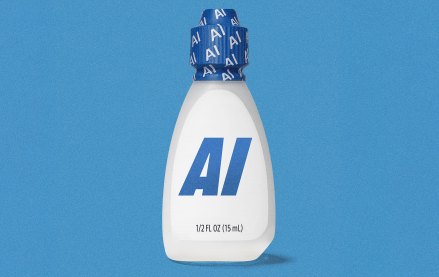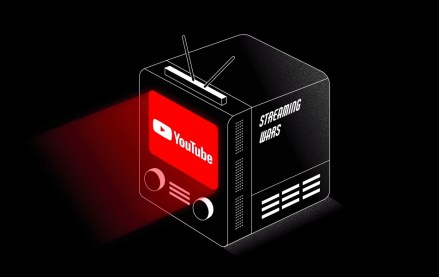Digiday+ Research: So how is that post-cookie prep going, anyway?

This research is based on unique data collected from our proprietary audience of publisher, agency, brand and tech insiders. It’s available to Digiday+ members. More from the series →
Interested in sharing your perspectives on the media and marketing industries? Join the Digiday research panel.
For all the coverage the impending death of the third-party cookie has gotten, it’s a sure thing that the buy side and sell side alike have been busy preparing to target and measure ads in a post-cookie world. Right?
Digiday+ Research surveyed over 200 brand, agency and publisher professionals to find out how that post-third-party cookie prep is going. And it is going — somewhat.
Overall, Digiday’s survey found that, like seemingly everyone else, publishers on the sell side of the coin are only kind of prepared for the end of the third-party cookie. To be exact, nearly half of publishers (46%) said their companies are just somewhat prepared for the post-cookie world.
Nearly a quarter of publisher pros (23%) said they’re actually very prepared to move beyond the third-party cookie, compared with the 18% who said they’re not very prepared. But overall only 10% said they’re completely prepared for cookies to go away, with a mere 4% saying they’re not at all prepared — so at least almost all publishers seem to be doing something.
The landscape of the sell side’s post-cookie preparation does change when we look at large publishers (or those who made more than $50 million in revenue last year) versus small publishers (or those who made less than $10 million).
The percentage of large and small publishers who said they’re only somewhat prepared for the death of the cookie is very similar — 40% and 42%, respectively. But, for both groups, almost everyone is at least a little prepared — only 3% of large publishers and 6% of small publishers said they’re not at all prepared for the post-cookie world.
But there are big differences beyond that.
To start, nearly a third of large publishers (31%) said they’re very prepared for the end of the third-party cookie. Only 18% of small publishers said this.
Meanwhile, just shy of a quarter of small publishers (24%) said they’re not very prepared for the shift. While only 9% of large publishers said they’re not very prepared.
Seventeen percent of large publishers actually said they’re completely prepared for the third-party cookie to go away — which does seem a bit suspect. Just 9% of small publisher respondents told Digiday they’re completely prepared.
Over on the buy side, marketers are very solidly somewhat ready for the death of the third-party cookie. Slightly less than half of brand and agency pros (46%) told Digiday they’re somewhat prepared to move beyond the cookie.
This tracks with how brand and agency pros were feeling a year ago. Seventy-one percent said they were worried about their ability to measure ads without third-party cookies, and 58% said they were worried about their ability to target ads. It’s likely this has been a significant driver for their preparation (even if 63% also said they were relieved when Google announced the cookie’s stay of execution).
And the preparation could be going worse. Nearly a quarter of brand and agency pros (23%) told Digiday their companies are very prepared for the end of third-party cookies. Thirteen percent even said they’re completely prepared for cookie-free measurement and targeting.
But 12% of the buy side still said they’re not very prepared for the third-party cookie to go away, with 7% saying they’re not at all prepared.
Want to discuss this with our editors and members? Join here, or log in if you're already a member.
More in Marketing

Lowe’s wants to do more with AI shopping in 2026
Mylow, a shopping assistant powered by ChatGPT that launched in March, is already driving double the conversion rate for online shoppers.

‘This isn’t the old pre-roll world’: YouTube has been talking TV — now it’s selling that way
YouTube is ramping up efforts to get TV’s largest advertisers to move more of their budget into its platform.

As every screen becomes shoppable, attribution problems resurface
As more media environments become points of purchase, attribution and measurement remain the thorn in the side of commerce execs.








